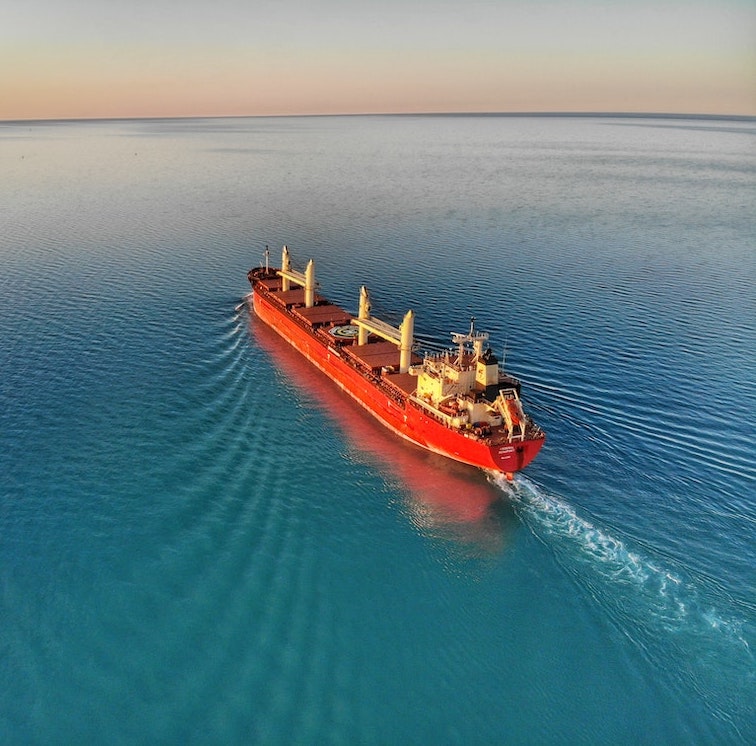
The shipping industry benefits from having access to good climate forecasts. By using forecasts that go beyond a couple of days, one can more easily plan the shipping route and make well informed risk assessments.
The goal of the Shipping-node is two-fold: first, we want to measure how the weather affects operational costs – mainly the usage of bunker oil – and optimise how ships are operated, for example through choice of speed and route to reduce emissions. This is relevant for short time scales of 1-2 months (sub-seasonal). Part of our goal is to develop better forecasting systems for weather and wave conditions within this sub-seasonal time horizon.
The second part of our goal is to find out if there is a connection between change in weather/climate and world trade of various commodities, which in turn control the demand for ships. Examples of change in demand can be due to extreme weather damaging infrastructure and crops, or extreme heat or cold, increasing the need for energy.
From the private sector, Smart Shipping is working with G2 Ocean, a collaboration between two of the world’s leading shipping companies: Gearbulk and Grieg Maritime Group. This group has a combined fleet of over 100 ships with about 4000 harbor visits every year in more than 70 countries. With such a large number of trips, they can potentially save a lot of time and bunker oil by optimising their routes, which is something seasonal forecasts can contribute to. Another partner involved in Smart Shipping is Western Bulk, a so-called Ship operator, that do the same as G2 Ocean without owning the ships. They make sure that the fleet is run as cost effective as possible. Climate data and seasonal forecasting can in this context be used to connect producers to the best suited transporter.
